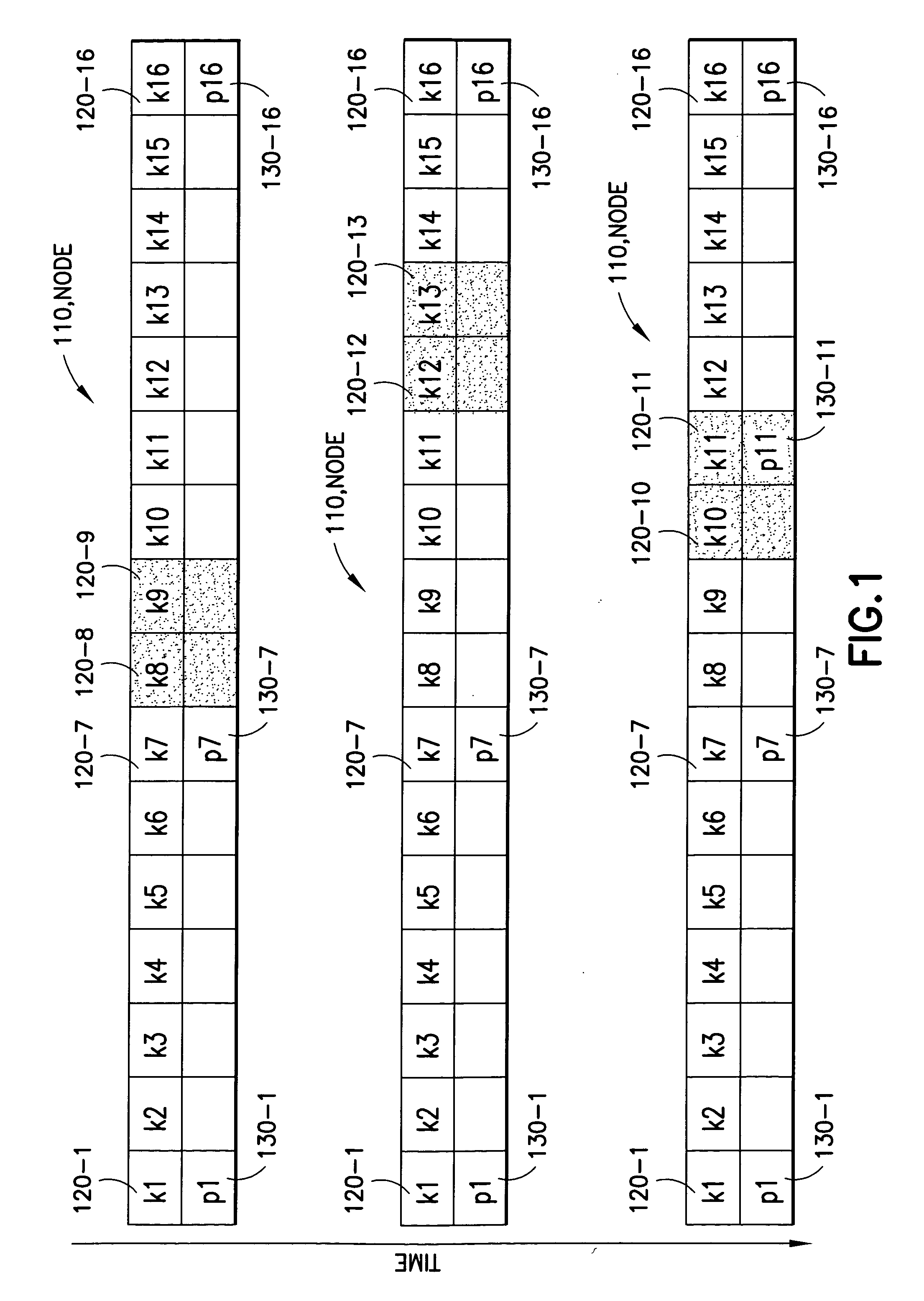Techniques for improving memory access patterns in tree-based data index structures
a tree-based data index and memory access technology, applied in the field of computer systems, can solve the problems of in-memory data retrieval, relatively high disk access cost, and significant component of data access cost, and achieve the effect of improving memory access pattern
- Summary
- Abstract
- Description
- Claims
- Application Information
AI Technical Summary
Benefits of technology
Problems solved by technology
Method used
Image
Examples
Embodiment Construction
[0021] For ease of reference, the present disclosure is divided into an Introduction section, an Exemplary HB+-Trees and Techniques for Performing Key Lookups Therewith section, and an Exemplary Results section.
[0022] 1. Introduction
[0023] Tree-based data index structures designed to support efficient disk accesses perform data searches (e.g., key lookups) in time proportional to the height of the tree. One of the most widely used tree-based data index structures is the B+-tree. In the B+-tree, each node is typically stored in pages of 4K (where K=1024), 16K, or 32K main memory locations. Since disk accesses are much more costly than cache misses, the total cost is proportional to the number of nodes traversed (e.g., defined by the height of the tree). For this reason, B+-trees usually are short: for example a B+-tree with height of three and a branching factor of 1000 can store a billion keys but requires at most three disk accesses.
[0024] Assume now that the same index structur...
PUM
 Login to View More
Login to View More Abstract
Description
Claims
Application Information
 Login to View More
Login to View More - R&D
- Intellectual Property
- Life Sciences
- Materials
- Tech Scout
- Unparalleled Data Quality
- Higher Quality Content
- 60% Fewer Hallucinations
Browse by: Latest US Patents, China's latest patents, Technical Efficacy Thesaurus, Application Domain, Technology Topic, Popular Technical Reports.
© 2025 PatSnap. All rights reserved.Legal|Privacy policy|Modern Slavery Act Transparency Statement|Sitemap|About US| Contact US: help@patsnap.com



